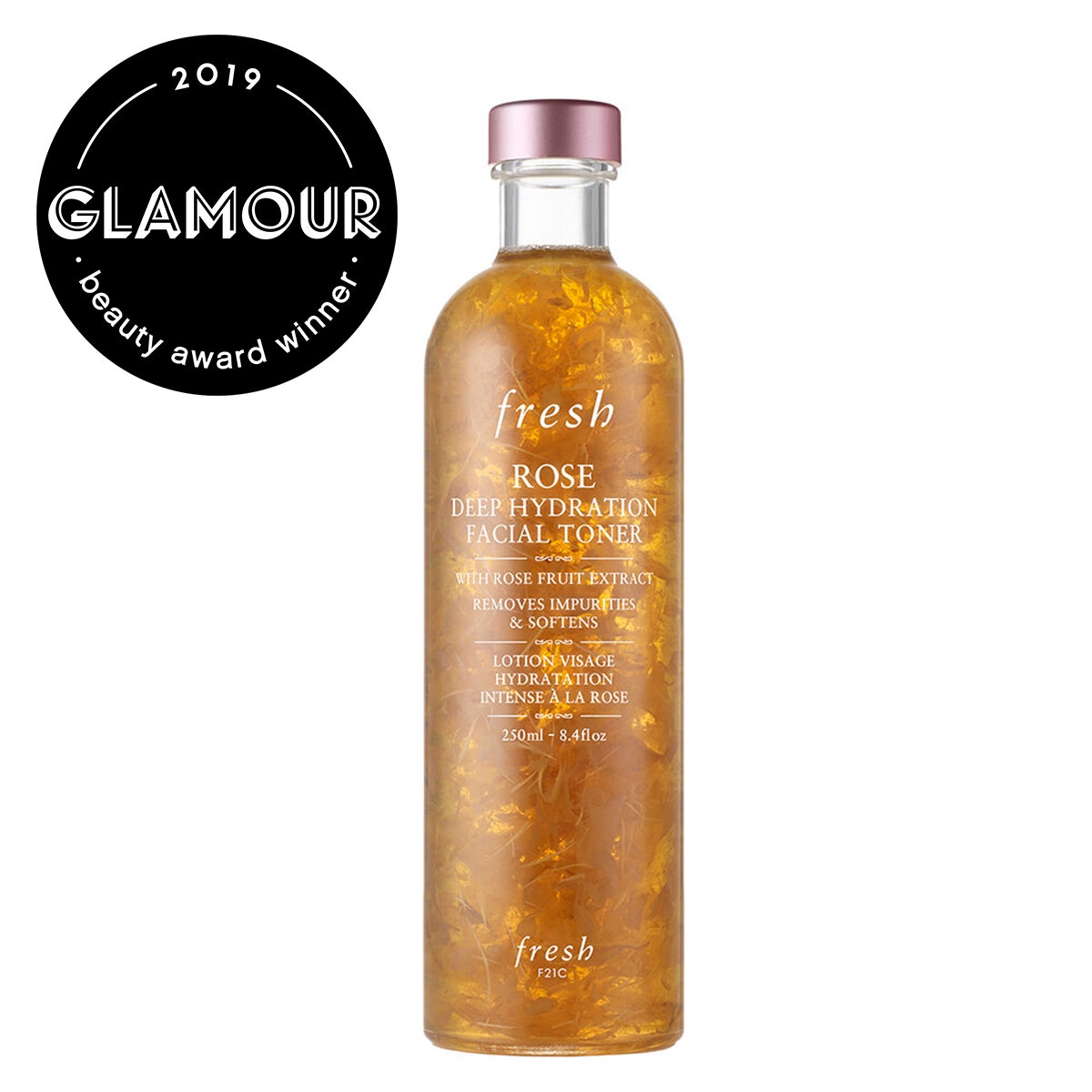
There’s nothing like waking up to a fresh breakout that makes you want to frantically google how to get rid of pimples fast. Acne always seems to show up at the worst times: when you don’t have the time or patience to wait out its life cycle for a week and you just need it gone immediately. Whether you decide to take matters into your own hands and start picking (a bad idea, which we’ll cover in further detail below) or troll Instagram for a cure-all spot treatment, it’s a natural response to want to get rid of acne fast. But there’s definitely a right way to do so—and a lot of common mistakes that experts will tell you to avoid making.
If you’re looking for a strategy to make an acne flare-up calm down this second, we’ve got you. We talked to top dermatologists to find out exactly what to do when acne strikes and you’re in a major hurry to get rid of it. Read on for the Dos & Don’ts of calming inflammation and healing irritated skin stat.
1. Do ice the pimple.
When you’re dealing with a red, inflamed pimple, head to your freezer instead of trying to pop it. “Applying ice directly to the blemish will help to decrease inflammation, reducing the size and visibility of the spot,” says celebrity facialist Candace Marino. Wrap an ice cube in a thin cloth and set it on the offending spot for three to four minutes, or use an ice roller or cooling globes for easy chilling. Repeat throughout the day to relieve pain and temporarily reduce swelling.
2. Don’t pick your face.
If you have adult acne, we know you’ve heard this one already. But according to Josh Zeichner, M.D., director of cosmetic and clinical research in dermatology at Mount Sinai Hospital in New York City, picking tends to cause more harm than good. It can cause what Zeichner terms trauma to your skin, which in turn leads to “inflammation, infection, and potentially a scar.” Translation: Not only will it not get rid of spots fast, it will take them twice as long to disappear.
If your pimple comes to a head and you really can’t stop the urge to pop it, follow the pro-approved guidelines on how to pop your own pimples safely and hygienically. (An even easier fix: Slap on one of our favorite acne patches before going to bed and wake up with a dramatically diminished zit.)
3. Do use an acne-fighting cleanser.
According to Zeichner, salicylic acid is a go-to ingredient in an acne-fighting cleanser. “It is a beta hydroxy acid that removes excess oil and dead cells from the surface of the skin to keep the pores clear,” he explains, and so using a face wash formulated with it is beneficial for combatting breakouts.
4. Do use spot treatment.
For the same reasons listed above, spot treatments formulated with salicylic acid are ideal for treating the inflamed area without irritating the rest of the skin. Both Murad Rapid Relief Acne Spot Treatment and Bliss Clear Genius Acne Spot Treatment contain 2% salicylic acid.
5. Don’t over-dry the affected area, though.
That said, be careful not to use too much of any chemical exfoliant. “People think if a little salicylic or glycolic acid is good, more is better,” NYC derm Neal Schultz, M.D. says. “It gets to the point that the active ingredient irritates the skin, making it scaly and flaky and red.” To prevent irritation, try a lower concentration of the active ingredient once you’ve already broken out. Zeichner recommends checking your label for a concentration of benzoyl peroxide around 2.5%. One that really works: Paula’s Choice Clear Regular Strength Daily Skin Clearing Treatment.
5. Do tone down on toner.
When you have a, shall we say, disturbance in the force, any astringents can “disrupt the skin barrier and cause inflammation and irritation,” says Zeichner. Unless you have very oily skin, skip the zit itself when you’re doing this step in your skin-care routine. (And in that case, a gentle toner like Avene’s Eau Thermale–or any of these best toners—is your safest bet.)
6. Do use makeup products with salicylic acid.
Slathering makeup over a breakout seems like a necessary evil: You want to hide the offender in question, obviously, but it can feel as if you’re also suffocating it. That’s why Dr. Zeichner recommends using an acne-fighting primer. “If you are breaking out, you may want cosmetic coverage with makeup, but problem is that some makeups themselves can block the pores and make matters worse,” he explains. “An acne-preventing primer is an important step if you have breakouts.”
There are also makeup products can actually address pimples while providing coverage. “Salicylic acid is a common acne ingredient that is useful in preventing or treating pimples and can be found in several makeup brands,” says Rachel Nazarian, M.D., a dermatologist at Schweiger Dermatology in New York City. Clinique Acne Solutions Liquid Makeup is a classic for a reason, though E.L.F. Cosmetics Acne-Fighting Foundation makes for a great budget pick. For touch-ups, try a concealer with it too, like It Cosmetics Bye Bye Breakout Full-Coverage Concealer.
7. Do change your pillowcase.
We hate to add to laundry to your to-do list, but keeping your pillows clean is a top beauty secret. Pillowcases can hang onto dirt, oil, and bacteria from our faces, hair, and environment, and can become a breeding ground for acne. Swap out your pillow covering at least once a week to reduce the risk of breakouts. If you really want to go the extra mile, try using a silk pillowcase: Some people find they help reduce irritation on the skin.




